Delivering the benefits of natural ventilation

Guidance for specifiers and designers on how to deliver cost-effective high-performance controls for windows and façades in natural-ventilation systems is provided in a ‘white paper’ from WindowMaster. It can be downloaded from the link below. The aim of the guidance is to help design engineers and specifiers make the right choices in setting out strategies for natural ventilation.
Tom Lymn of WindowMaster says, ‘There is a widely held misconception that natural ventilation is not an adequate method of providing sufficient air quality in buildings. The atmosphere is thought to be too hot, too cold or too stuffy. It is also said to create high energy bills and to give unpredictable results.
‘These issues can often be solved by improving the operation of control systems and creating enhanced understanding and delivery of natural-ventilation strategies. They can be addressed successfully by paying close attention to design issues on such things as cross, side and passive-stack airflow paths. The effects of airflow into a building must be measured, understood and integrated into any natural-ventilation design.
‘Currently, performance specifications tend to be based around specific products and not on the building itself, its location or specific client needs. Designers need to take an holistic approach. Effective natural-ventilation solutions must be aligned to these factors in order to deliver on performance.’







